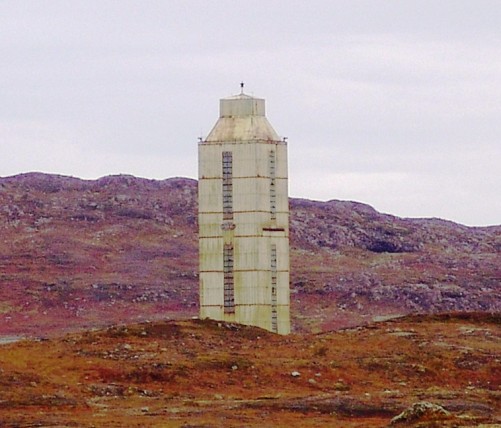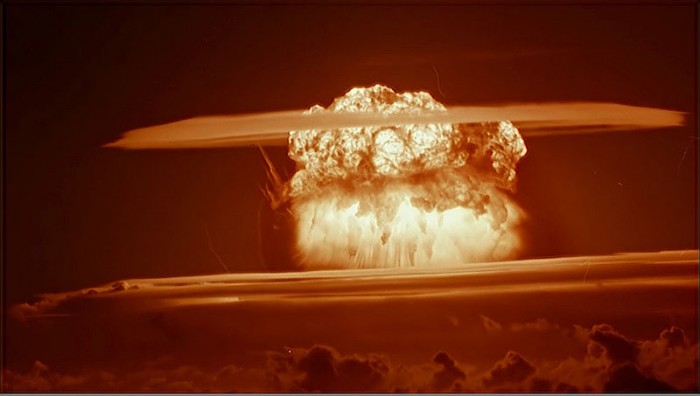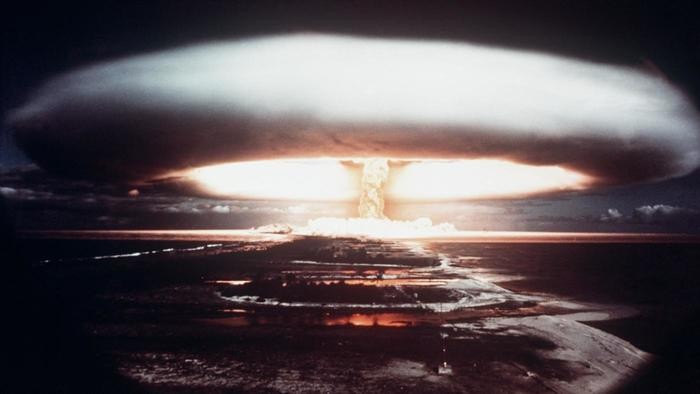3 times human curiosity almost destroyed the world
Every year, we keep hearing news and rumours about the end of the world. Sometimes they’re religious prophecies and at other times, they’re scientific warnings. Although we’re still here, the polar ice caps keep melting and global warming keeps getting worse year after year. Mother Nature expresses her fury once in a while to remind us not to mess with her. While we can’t control nature, there have been times when human curiosity almost destroyed the world. Here are 3 experiments that could have been fatal to humanity.
1. Kola Superdeep Borehole

How deep can we actually dig? Would we reach the other end of the world if we dig right through it? Well, it so happens that we actually tried to find out. In the far northwest of Russia, almost near the Arctic Circle lies the deepest hole ever drilled into the earth.
In 1970 a group of Russian scientists started digging a hole and in 1989 they reached a depth of 40,230 feet until they were forced to stop because temperatures reached upwards of 350 degrees Fahrenheit, which allowed rock to flow back into the hole. A hole that deep could be the reason for the shift in the tectonic plates we’ve experienced over the years. Worse still, some say that the project was shut down because they reached hell.
2. The Trinity Test

Almost every country with a substantial military force has nukes. What if one country launches and another retaliates? Would it lead to a chain of events that would result in a nuclear holocaust? On July 16th 1945, the U.S. Army detonated the very first nuclear weapon in the earth’s atmosphere.
Before it was carried out, scientists had predicted that the detonation would cause a self-sustaining fusion reaction in the atmosphere, which would cause the entire atmosphere to burn. Thank the heavens their hypothesis proved to be wrong.
3. Starfish Prime

What if you messed with the electromagnetic layers that protect the earth’s atmosphere from solar winds? In 1962 the United States decided to find out what would happen if a nuclear bomb was detonated in the earth’s magnetosphere.
In an experiment to disrupt Russian missile systems, they detonated a thermonuclear warhead 250 miles above the Pacific Ocean. The 1.4 megaton explosion could be seen as far as Hawaii. The electromagnetic wave from the explosion even knocked out telephone lines and street lamps 1450 km from the point of detonation. However, the worst damage that the explosion caused was that it created an artificial radiation belt around the earth, which knocked out all low-earth orbit satellites for 5 years.
Also read
Scientist says ‘Aliens look like us’. But here’s how we imagine them to be

OMG-inducing, share-compelling, like-attracting, clutter-breaking, thought-provoking, myth-busting content from the country’s leading content curators. read on...
